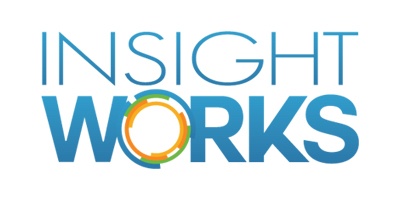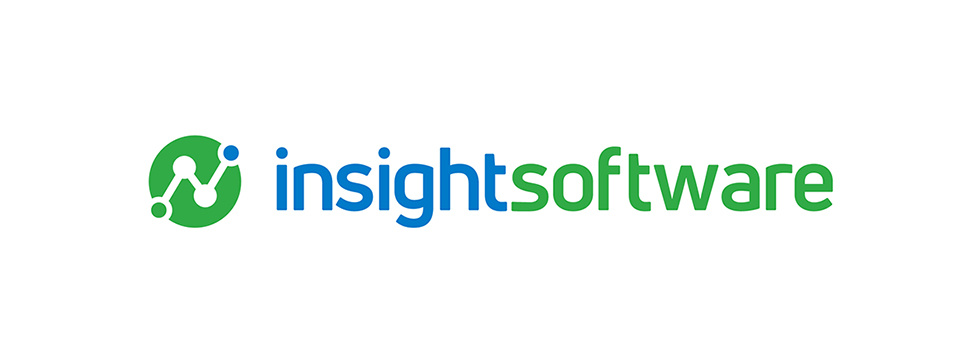As business analytics tools become more powerful and affordable than ever before, more and more business leaders are building upon their existing technology toolsets to add true business intelligence (BI) to their organization’s capabilities.
From the outset, we should be clear that BI is fundamentally different from reporting. Virtually every business on the planet has some kind of reporting mechanism in place–even if it’s just a simple set of off-the-shelf printouts that come from basic accounting software. The capacity to facilitate exploration differentiates business intelligence, allowing users to quickly and easily slice and dice their data in various ways to produce meaningful insights that direct leaders toward better business decisions.
Reporting is important, but BI has the potential to generate the kind of meaningful insights that lead to a competitive advantage. The real business value of BI comes from applying business intelligence cycle solutions in a highly intentional manner. To do this, you must understand how information sheds light on key business objectives in the industry in which the company operates, gather the appropriate data, extract meaningful insights, and monitor performance against key metrics.
These four stages are the “business intelligence solution cycle.” It starts with defining objectives, proceeds to gathering and organizing information, analyzing it, and setting parameters for measuring and monitoring business performance going forward.
Let’s look at these four phases of the business intelligence solution cycle.
Phase 1: Setting Clear Objectives
The effective use of BI begins with an awareness that BI is fundamentally different from reporting and has strategic implications if used to its full potential.
At the outset of a BI project (and periodically thereafter), business leaders should define the playing field in which they mean to operate. In many organizations, the initial focus for BI is on understanding the company’s existing customers, especially concerning their buying behavior. Others may choose to zero in on sales performance and profitability by product line, division, or territory.
 Clearly define the goals of your BI initiatives before gathering the data.
Clearly define the goals of your BI initiatives before gathering the data.
In most cases, BI initiatives will address multiple domains, but defining those areas of interest is a critical first step because it determines how you will allocate resources, especially for the second phase of the business intelligence cycle, gathering and organizing data. This step is particularly important if your organization intends to enrich and extend your internal data with additional information from external sources.
Phase 2: Gathering and Organizing Data
Whatever your company’s top priorities may be, it’s helpful to brainstorm a list of potential questions around those topics. Ultimately, this will shed light on the kind of information you need and what you need to do to consolidate and harmonize that information.
Suppose you’re analyzing customer buying behavior, for example. In that case, you may need to aggregate information from your enterprise resource planning solution (ERP), like invoices, to combine with sales pipeline information from your customer relationship management system (CRM), including sales quotes and deals that never came to fruition.
For many projects, internal data sources are likely to be sufficient. However, by brainstorming a list of questions in advance, you can begin to determine whether you should include data enrichment as part of your overall BI strategy. If the focus is on knowing your customer, for example, you may want to consider extending your corporate datasets with demographic details available from third-party sources.
As you consider your overall approach toward gathering and organizing the data for your BI initiative, you’ll need to determine how you can best harmonize and consolidate the information to make it available to users who will rely on your BI systems for meaningful insights.
BI tools that have pre-built integration to ERP have a distinct advantage–especially if they present information in a context front-line employees can easily understand and use. Systems that require advanced database skills or custom programming will cost more to operate and ultimately generate less value because of the technical barriers that stand in the way of widespread user adoption.
Phase 3: Analyzing the Information
The analysis is where the magic happens; it’s where BI distinguishes itself from business reporting in general. Business reporting is more operational in nature than BI. Operational reports often have a short-term focus, and they are used to drive the daily decisions business leaders must make. Some business reports may work with real-time transactional data connected directly to the source system, but this does not make them BI.
BI typically has a long-term focus and concerns itself with trends and patterns. BI usually involves not real-time data but aggregated or summarized data that may have been loaded into a data warehouse and transformed for analysis. This distinction means that the data used in BI does not necessarily have a direct connection to source systems because it doesn’t need one.
 BI is for focusing on the long-term decisions, not the short-term.
BI is for focusing on the long-term decisions, not the short-term.
Business intelligence facilitates exploration. BI makes it easy to perform ad hoc inquiries, which often prompt users to ask new questions they had never before considered.
BI makes it easy to take that next step by offering quick answers to those follow-up inquiries. It’s fast, flexible, and open-ended. It helps users explore new territory and get rapid answers to questions that challenge conventional wisdom. When leaders face “what if” scenarios, BI allows them to understand their options and narrow down their choices using a data-driven approach.
BI tools are especially valuable when they are available across a broad base of users within the organization. This is referred to as “data democratization,” and it can have a transformative effect because it empowers workers to understand better the forces that should impact their decisions, regardless of where they may sit within the organizational hierarchy.
Phase 4: Measuring and Monitoring KPIs
Alongside this ad hoc analysis, you’ll want to leverage your BI systems to measure and monitor the key performance indicators (KPIs) that align with your organization’s strategic objectives. As discussed, business intelligence differs from traditional approaches to financial reporting in its focus. Rather than focusing on short-term operational matters, BI focuses on the data at a higher level, moving from operational thinking to a more managerial approach. Because it can aggregate high volumes of data from disparate sources, BI is naturally suited for tracking both financial and operational KPIs. In other words, BI has the capacity for comprehensive coverage of all areas of interest to business management leaders.
Rinse and Repeat
The business intelligence solution cycle is iterative; it’s not intended to be a “one and done” proposition. Business leaders must continuously and proactively seek to drive additional business value from these systems to get maximum value from their BI investments. Know your customers. Assess the factors that drive profitability for your organization. Understand the implications of strategic moves.
With the right approach to BI and effective adoption of the business intelligence solution cycle, organizational leaders can gain meaningful strategic insights and gain a competitive advantage.
This blog has been syndicated from our partner Jet Global. You can view the original post here.






